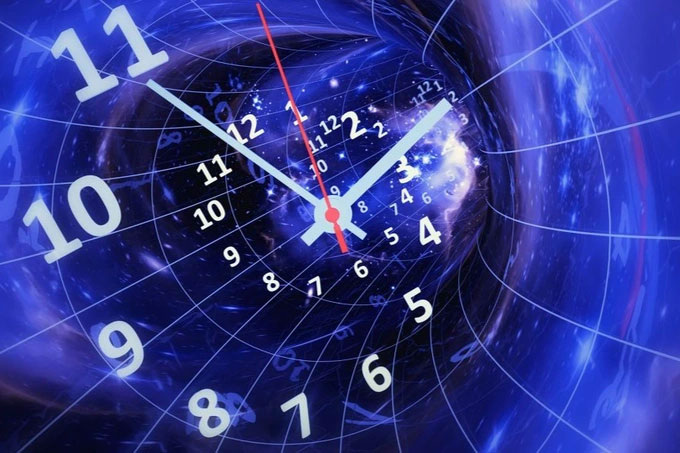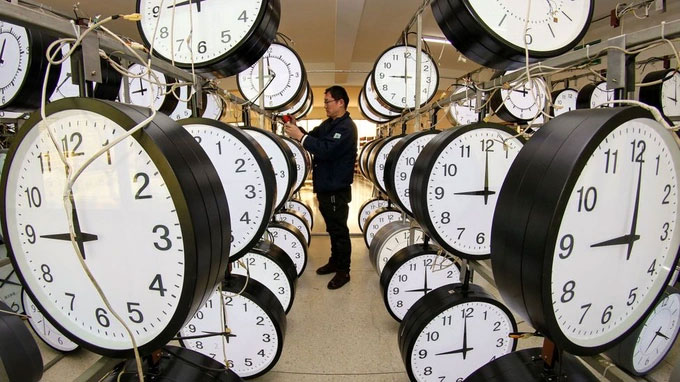A new method based on wave interference allows scientists to observe fleeting events in just 1.7 billionths of a second.
For a long time, the passage of time in our world has been defined by the movements of the Sun, the Moon, and then by clocks and pendulums…

The concept of “now” has also become a “foggy cloud” of uncertainty.
However, this convention still has unexplainable gaps. For example, it is not always possible to predict what will happen “next” on the quantum scale.
Moreover, the concept of “now” has also become a “foggy cloud” of uncertainty. This is something that even a stopwatch cannot describe in some cases.
According to researchers from Uppsala University in Sweden, there is a potential solution to this. It involves applying quantum mechanics.
Based on their experiments, scientists have proposed a concept called the Rydberg state as a new way to measure time without requiring an exact starting point. “The results are consistent and reliable enough to serve as a form of quantum timestamp”, said physicist Marta Berholts from Uppsala University.

Could traditional timekeeping methods be outdated?
This method is based on the Rydberg constant (denoted as R∞), applied to Rydberg atoms containing electrons in extremely high energy states, orbiting the nucleus, known as a Rydberg wave packet.
Similar to waves under a lake, when Rydberg waves spread through space, they create interference, leading to unique wave patterns.
By measuring these waves, scientists believe they can create a new time-measuring tool that functions as “fingerprints of time.”
The difference is that this method has no starting point, or in other words, it does not define “number 0” on a counting scale, yet it accurately knows where the timeline is occurring.
By searching for signs of Rydberg states interfering between a common atomic sample, technicians have been able to observe events that last only 1.7 billionths of a second.


















































